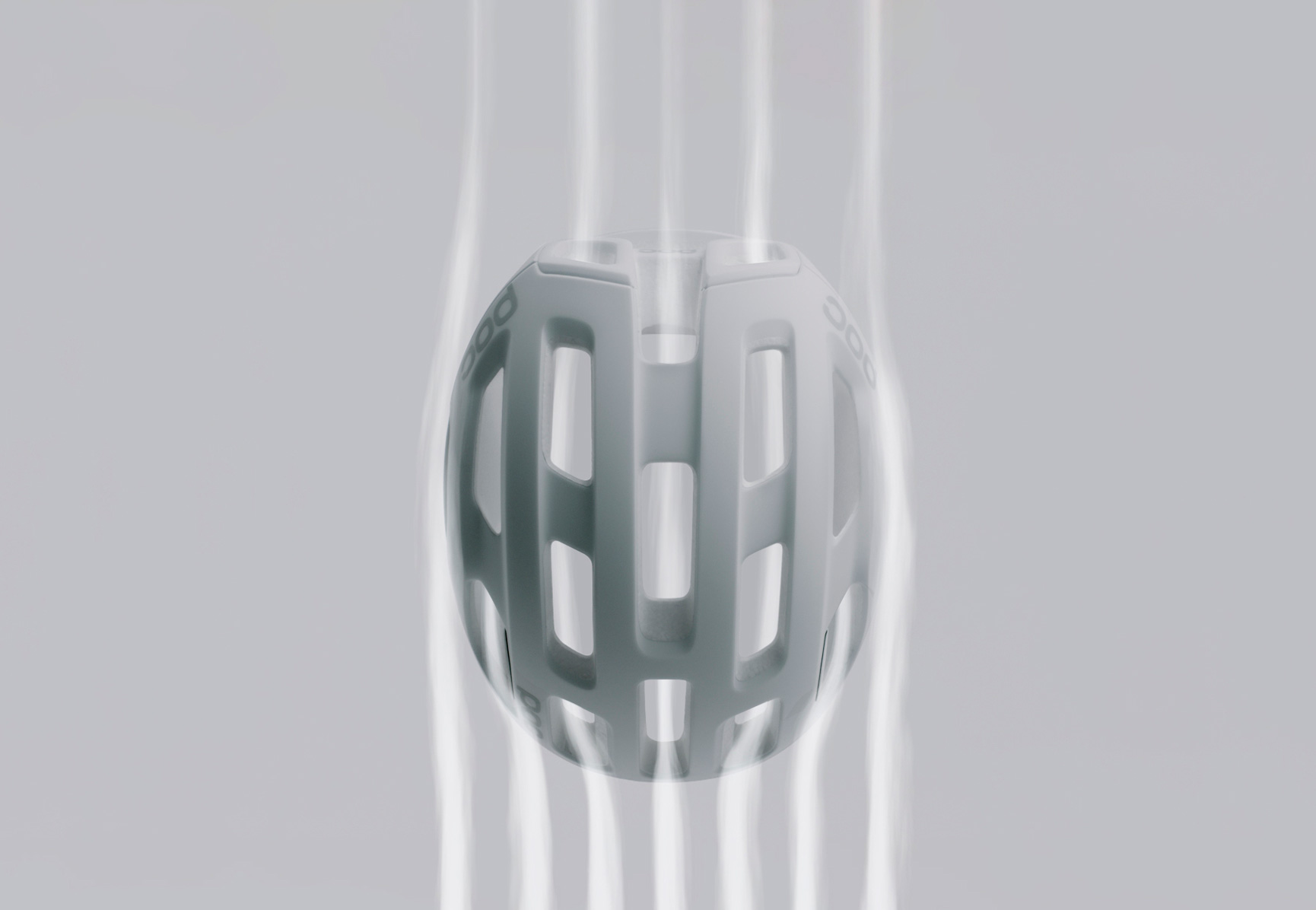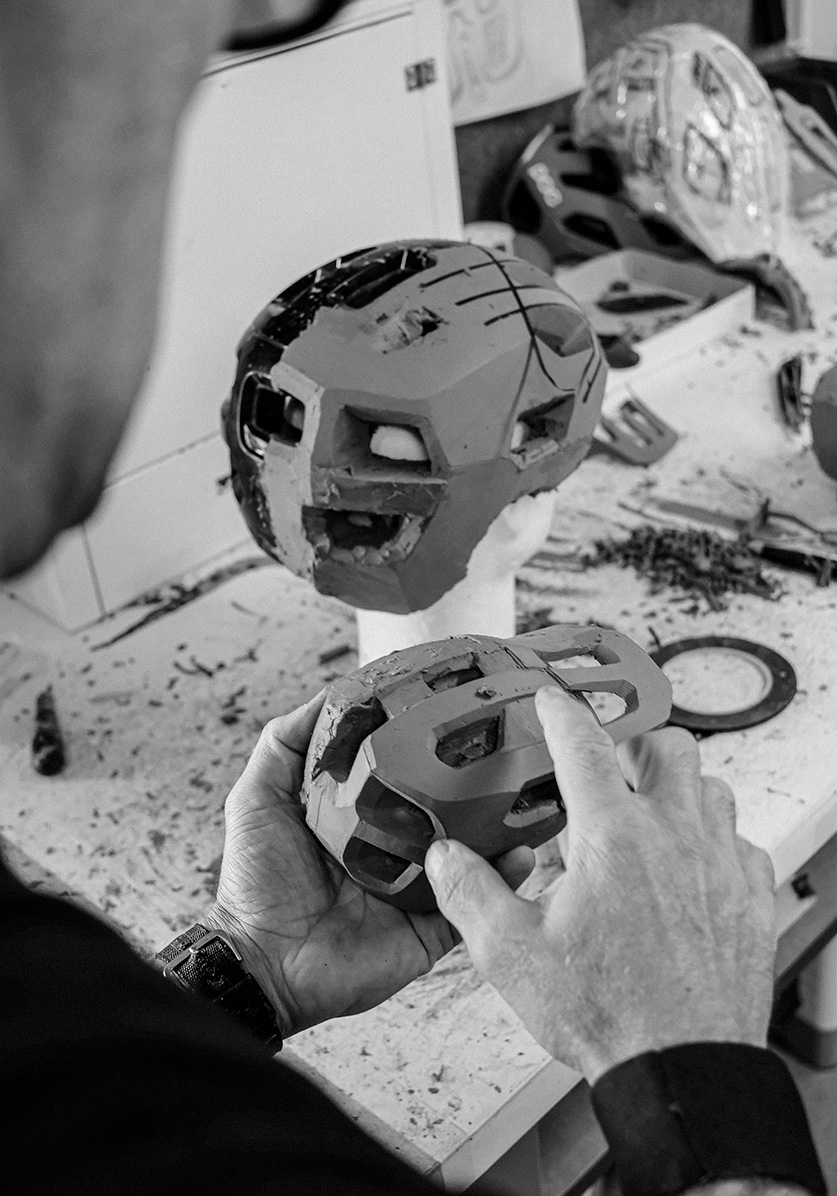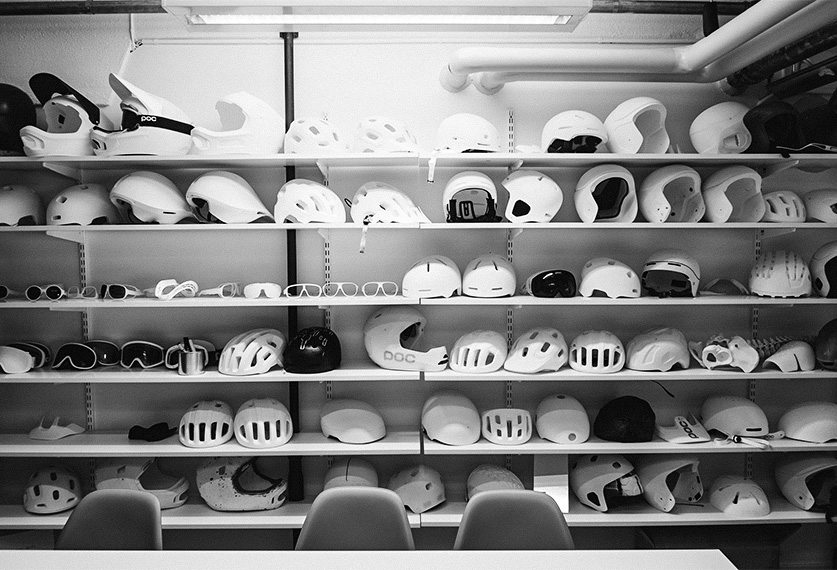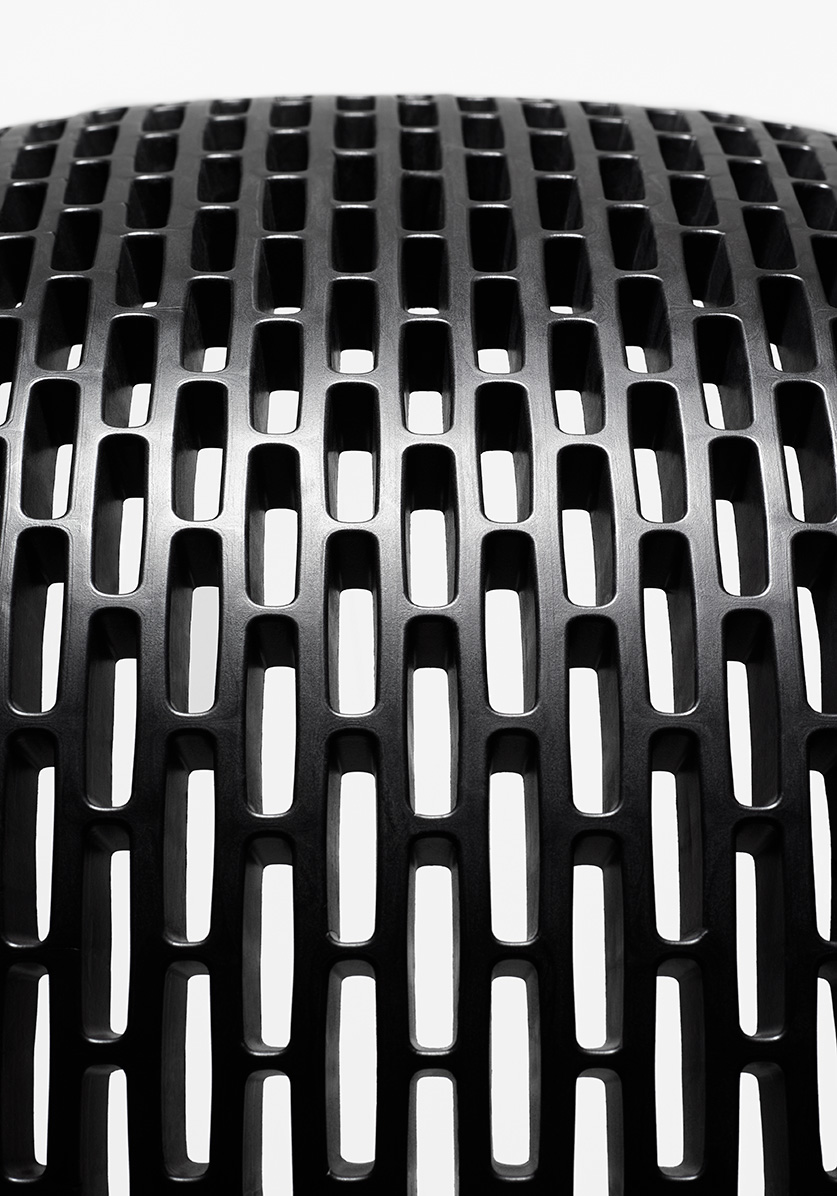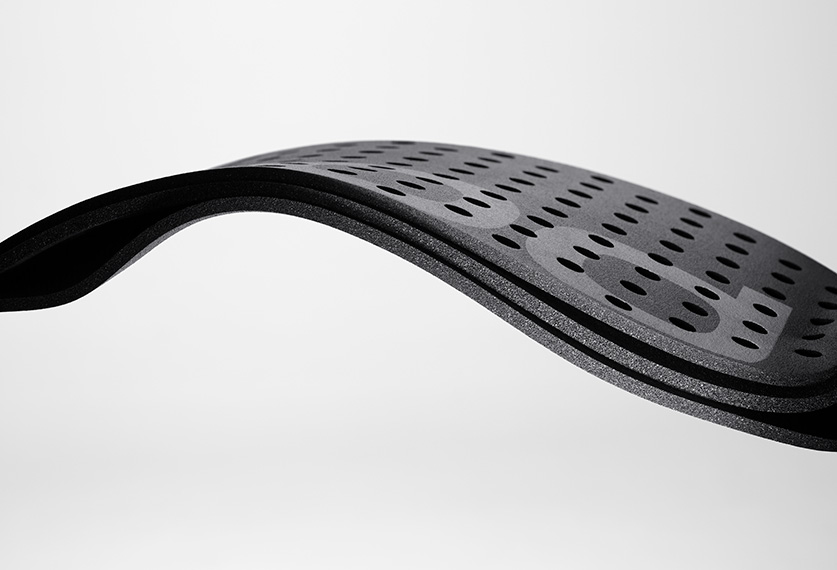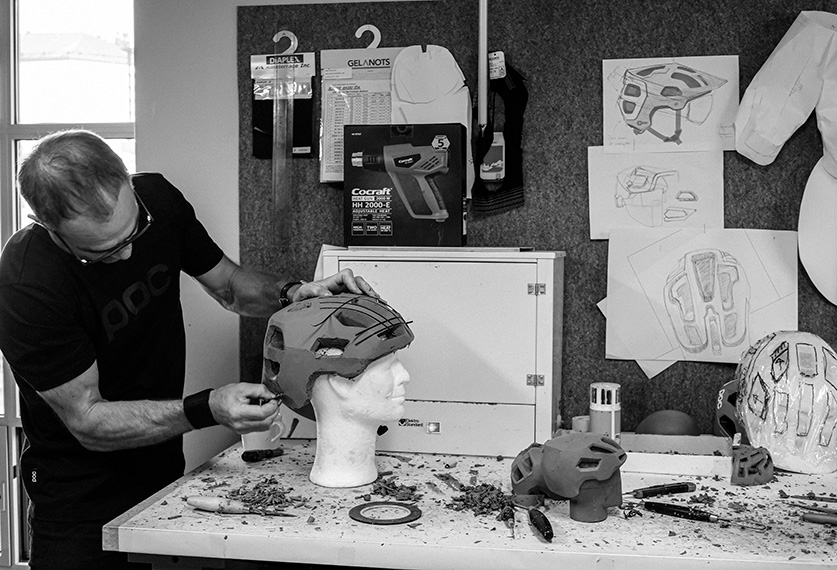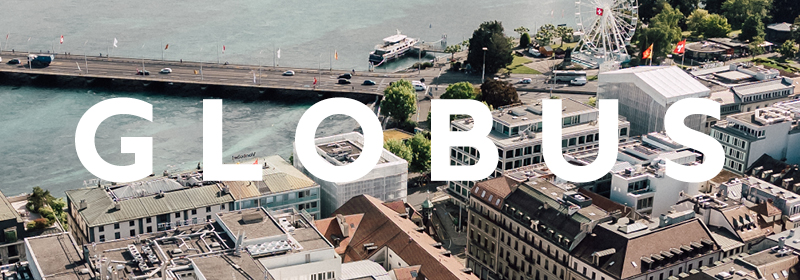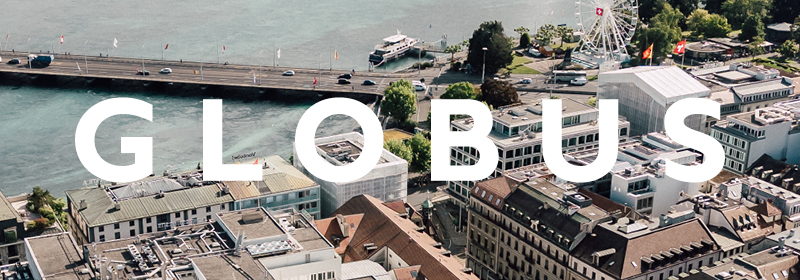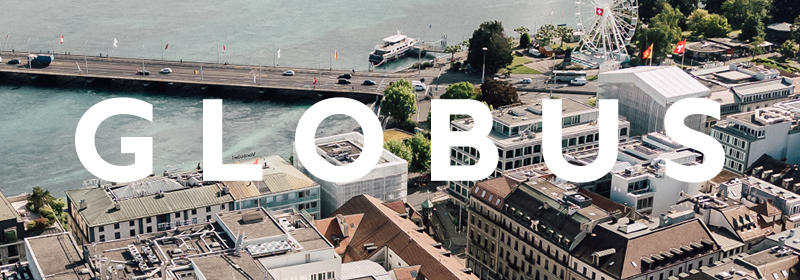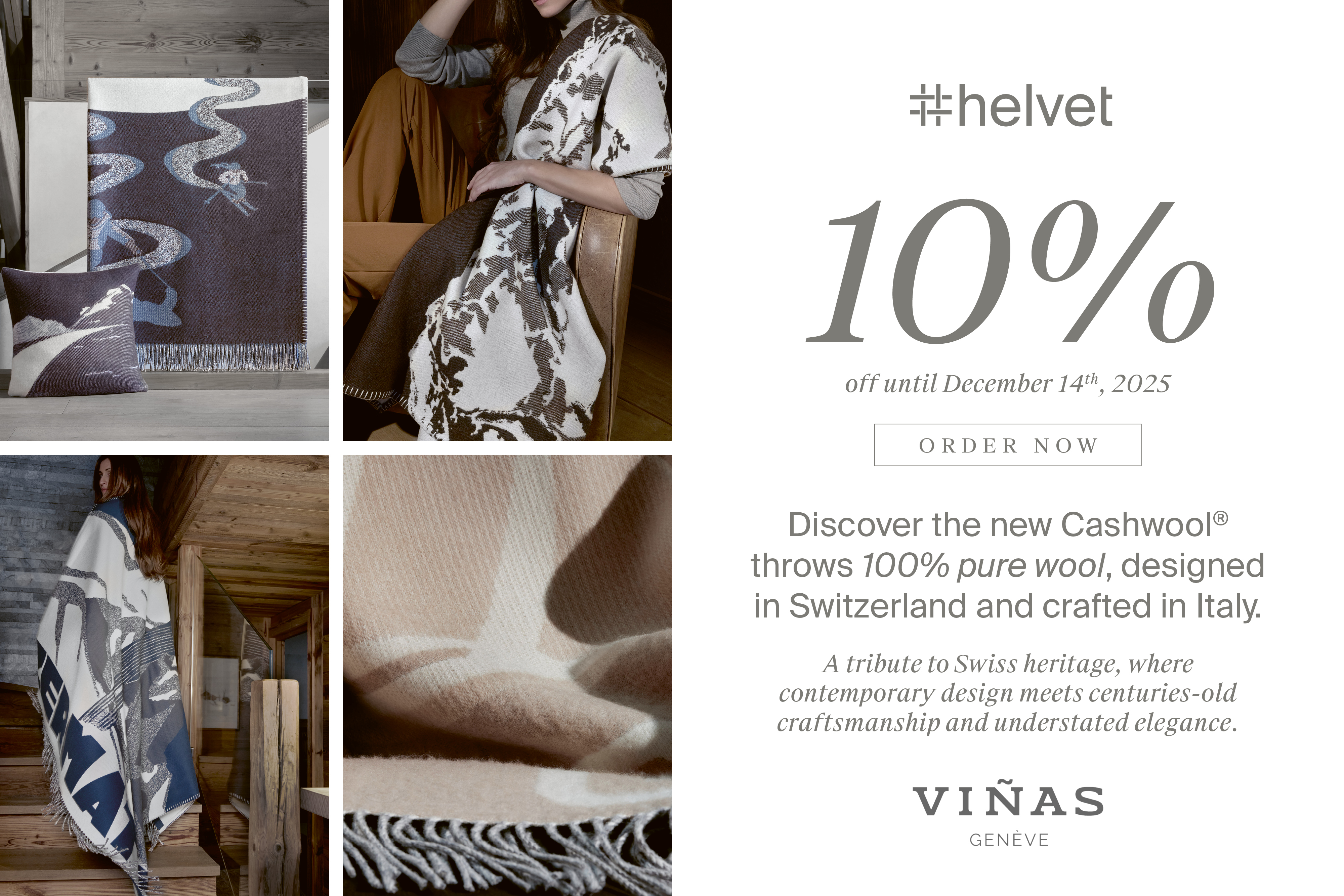
POC
The Swedish brand where safety meets design
The story begins with a father watching his sons dart down a slalom course like lightning bolts. As he stood on the sidelines, Stefan Ytterborn felt both pride and apprehension. Their heads, he thought, deserved better protection than the awkward, inelegant helmets on the market. What if he could combine state-of-the-art safety with sleek design? That question became the seed of a saga.
Today, Poc Sports sells more than half a million helmets each year in some fifty countries, led by the United States and the Alpine nations. Yet its origins trace back to a simple twist of fate. In 2003, Ytterborn — then a design consultant — accompanied his sons to ski training. Not even ten years old, the boys raced at astonishing speeds. A single fall could have devastating consequences. Determined to do better, he set himself one obsessive goal: “Protect lives and reduce the impact of accidents.”
Ytterborn teamed up with Jan Woxing, now the brand’s creative director, and a finance-savvy friend. Together they launched Poc Lab, working with neurologists and medical specialists to analyze every possible crash scenario. Out of this came a precise blueprint for what makes a truly exceptional helmet. “Within that framework, our challenge is always to bring maximum comfort, aerodynamics and aesthetics. It’s a balancing act we approach with humility and innovation,” explains Oscar Huss, Poc’s head of product.
Breakthrough with Julia Mancuso
In 2005, Poc’s first Skull Comp helmet was tested by several professional skiers — among them a relatively unknown American named Julia Mancuso. A year later, at the Turin Olympics, Mancuso captured gold in the giant slalom wearing a discreetly logoed white Poc helmet. The brand had arrived.
From there, the collection expanded to goggles, masks and back protectors — first for alpine skiing, then for freeskiing. Soon the team identified another market: children. “Young skiers are lighter, with developing brains. Their biggest risk is being hit at full speed by an older skier,” notes Huss. The answer was Pocito, a line designed to drastically improve both visibility and impact resistance.
By 2009, the same philosophy had carried Poc into mountain biking — a natural progression, since both sports share terrain and enthusiasts. In 2013, the Swedish brand entered road cycling, where its mix of performance and style quickly found followers. Clothing followed, including functional yet refined apparel. A major milestone came with EF Education–Nippo, the UCI World Tour team that chose Poc as its partner. Today, cycling accounts for 75 percent of sales, compared with 25 percent for skiing.
Awards and innovation
In 2017, founder Ytterborn stepped aside, replaced by CEO Jonas Sjögren, who accelerated Poc’s global reach. From its Stockholm base, the company has since established hubs in Park City, Salzburg and Christchurch, employing around 125 people worldwide.
Manufactured primarily in China, Italy and Vietnam, Poc products have earned more than sixty awards — including the prestigious Bike Industry Brand of the Year in 2018. Innovation remains the mantra. Current projects include lenses that help distinguish ice from snow, helmets with integrated ID and health chips, and Recco reflectors for rescue localization. In collaboration with Volvo, Poc is even exploring in-car alerts that signal the presence of nearby cyclists.
Over the years, more than 200 athletes have worn the brand — among them Swiss ski stars Marco Odermatt and Michelle Gisin, today’s ambassadors. The pandemic did nothing to slow momentum. On the contrary: lockdowns only fueled the appetite for outdoor adventure. In 2020, Poc reported growth approaching 25 percent, boosted further by the widespread adoption of helmets in both skiing and mountain biking.
As Huss reflects: “I often wonder how many lives our products have saved, or how many people they’ve inspired to take up cycling or skiing. Quite a few, I’d say. And that, more than any award, is our greatest achievement.”
